Epilepsy is a condition that affects the brain and nervous system and means that someone has a tendency to have seizures. Epilepsy can start at any age and there are many different types. It is often a life-long condition but for some, epilepsy lasts for a limited time and they stop having seizures.
Epileptic seizures are caused by a disturbance in the electrical activity of the brain and the causes and effects vary. During a seizure, some people will remain alert and aware of what’s going on around them, others may lose awareness, and some people may go stiff, fall to the floor if they are standing and jerk.
The content on this page is provided solely for information purposes and provides an overview of the subject matter covered. It is not a substitute for professional medical advice, diagnosis or treatment. If you think you have epilepsy, please seek further information. The information on this page is subject to change without notice.
Epilepsy is an invisible disability
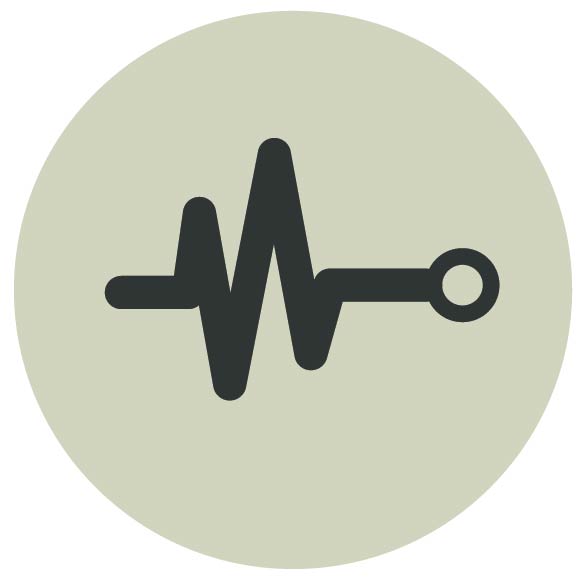 1 in 20 people will experience a one-off seizure
1 in 20 people will experience a one-off seizure 40 types of epilepsy
40 types of epilepsy Over 630,000people with epilepsy in the UK
Over 630,000people with epilepsy in the UK In around 6 in 10 people with epilepsy, the cause is unknown
In around 6 in 10 people with epilepsy, the cause is unknown 79 people in the UK are diagnosed with Epilepsy every day
79 people in the UK are diagnosed with Epilepsy every day Only 3 in 100 people with epilepsy have photosensitive epilepsy
Only 3 in 100 people with epilepsy have photosensitive epilepsy
What is a seizure?
The brain has millions of nerve cells which control the way we think, move and feel. The nerve cells do this by-passing electrical signals to each other. If these signals are disrupted, or too many signals are sent at once, this causes a seizure. The brain has many different functions. Mood, memory, movement, consciousness and our senses are all controlled by the brain, and any of these can be affected if someone has a seizure. They may feel strange or confused, behave in an unusual way, or lose some or all awareness during the seizure. The brain has two sides called hemispheres. Each hemisphere has four parts called lobes. Each lobe is responsible for different things such as vision, speech and emotions.
Different types of epilepsy
There are over 40 different types of epilepsy seizures. What happens to someone during a seizure depends on what area of the brain is affected. Below are the more common ones.
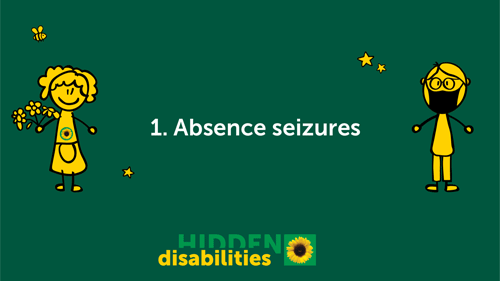
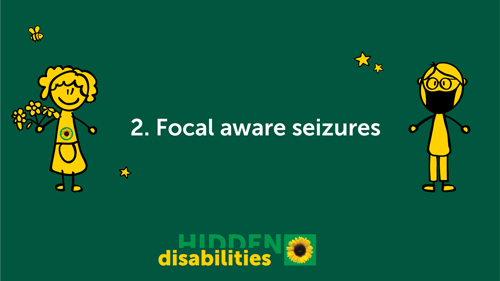
Absence seizures are more common in children than adults and can happen very frequently. During an absence a person becomes unconscious for a short time. They may look blank and stare, or their eyelids might flutter. They will not respond to what is happening around them. If they are walking, they may carry on walking but will not be aware of what they are doing.
Focal aware seizures (FAS), previously called simple partial seizures, the person is conscious (aware and alert) and will usually know that something is happening and will remember the seizure afterwards. Most focal aware seizures are brief, lasting between a few seconds and 2 minutes. Focal impaired awareness seizures usually last between one and 2 minutes.
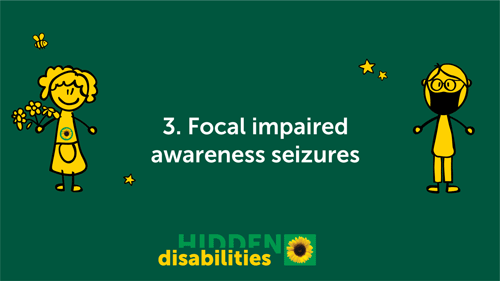
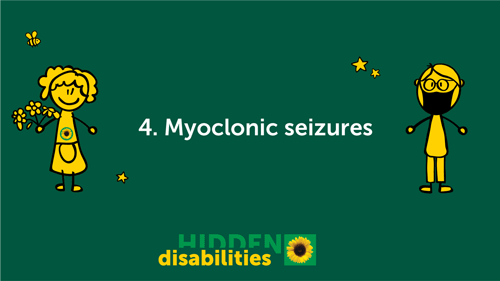
Focal impaired awareness seizures (FIAS) affect a bigger part of one hemisphere (side) of the brain than focal aware seizures. This seizure was previously called complex partial seizures.
Myoclonic means ‘muscle jerk’. Muscle jerks are not always due to epilepsy (for example, some people have them as they fall asleep). Myoclonic seizures are brief but can happen in clusters (many happening close together in time) and often happen shortly after waking.
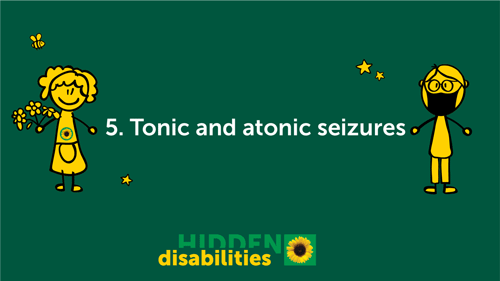
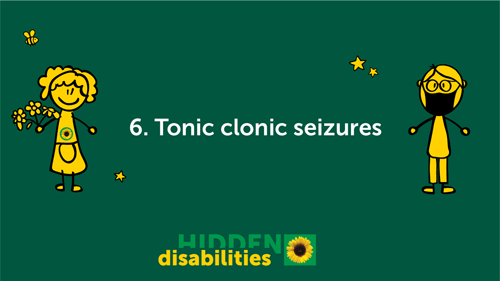
In an atonic seizure (or 'drop attack') the person’s muscles suddenly relax and they become floppy. If they are standing, they often fall, usually forwards, and may injure the front of their head or face. Like tonic seizures, atonic seizures tend to be brief and happen without warning. With both tonic and atonic seizures people usually recover quickly, apart from possible injuries.
Tonic Clonic seizures These are the seizures that most people think of as epilepsy. The person becomes unconscious their body goes stiff and if they are standing up, they usually fall backwards. They jerk and shake as their muscles relax and tighten rhythmically.
Do seizures have triggers?
No, there are some triggers which may make seizures more likely for some people with epilepsy. However, not everyone with epilepsy will have triggers and they can be different for everyone. Some reported triggers are:
- Not taking epilepsy medicine as prescribed
- Feeling tired and not sleeping well
- Stress
- Alcohol and recreational drugs
- Flashing or flickering lights
- Monthly periods
- Missing meals
- Having an illness which causes a high temperature
Effects on daily life and challenges faced
There is a general lack of awareness, training and understanding in society about epilepsy, including the different types of epilepsy and what to do in the event of a seizure. This can mean that people with epilepsy :
- often feel vulnerable when out and about, particularly if they have seizures
- lack self-confidence as a result of bullying and being treated differently from or less favourably than others
- are often not fully using their skills and abilities in work and their career does not progress
- are prevented from carrying out duties or using equipment when there is no valid reason to do so
Challenges include:
- Being unemployed, often due to losing or leaving a job because of unsuitable conditions
- "Not doing well" at home, school, work, or with friends
- Cognitive or learning problems that require special help or accommodations
- Symptoms of depression, anxiety, or other changes in mood or behaviour
- Problems sleeping
- Unexplained injuries, falls, or other illnesses
- Thinning of the bones or osteoporosis
- Reproductive problems
- SUDEP: there is a risk of dying from epilepsy. Although it is rare, in the UK, it affects around 1 in every 1,000 adults with epilepsy each year.
Assistance and support you can offer
- Dont’ judge – be understanding and kind
- With some seizures it can appear that the person isn’t listen or has zoned out - don't assume that they know what is going on
How can I help someone having a seizure?
If someone experiences a seizure, you can help them by following the 3 C's:
- Calm - stay with them, reassure them, make sure that they aren’t in any danger
- Cushion – make sure that they are comfortable, put something to cushion their head, move dangerous objects out of the way
- Call – call an ambulance (if the seizure lasts more than 5 minutes)
Here are some things to avoid doing:
- do not restrain them
- do not try to bring them round
- do not assume they know what is going on
- do not make abrupt movements or shout at them
Words to avoid
Illness: epilepsy is not an illness, it is a condition
An epileptic: use “a person with epilepsy”
Words that are okay to use
Fit: the term ‘seizure’ or ‘epileptic seizure’ is preferred by many people but some people with epilepsy choose to use the word ‘fit’
Brainstorming: It depends on how the word is used, it should not be used to describe what happens in the brain during a seizure.
Sources:
NHS: https://www.nhs.uk/conditions/epilepsy/
Epilepsy Action: https://www.epilepsy.org.uk/
TUC: https://www.tuc.org.uk/sites/default/files/EpilepsyInTheWorkplace
Look out for these Sunflower icons
 I may need more time
I may need more time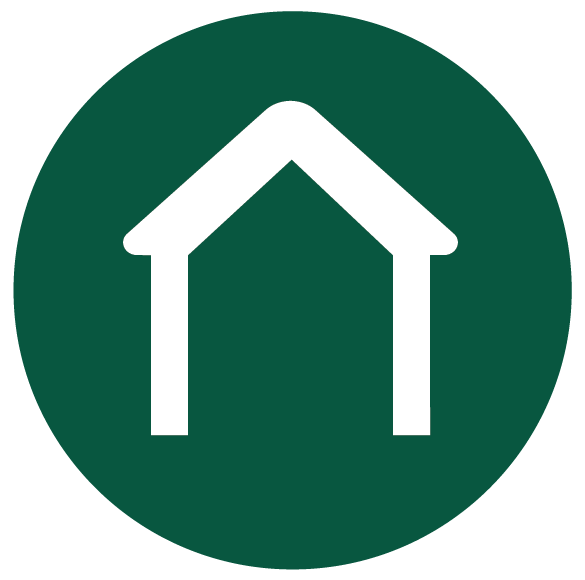 I need a quiet/safe place
I need a quiet/safe place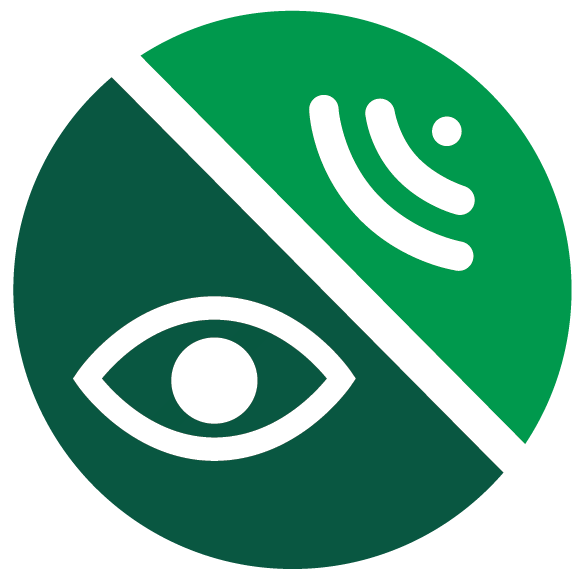 I am sensitive to light
I am sensitive to light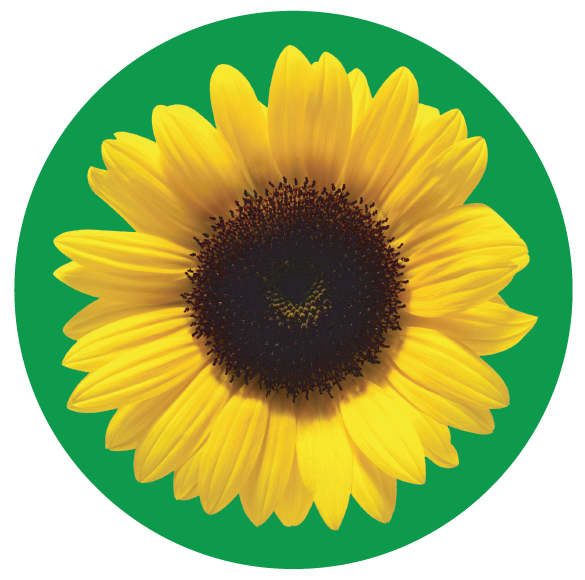 I have a hidden disability
I have a hidden disability
The content on this page is provided solely for information purposes and provides an overview of the subject matter covered. It is not a substitute for professional medical advice, diagnosis or treatment. If you think you have epilepsy, please seek further information. The information on this page is subject to change without notice.
The content on this page has been kindly reviewed by Epilepsy Org UK (Feb 2023)
For further information, please visit https://www.epilepsy.org.uk
Founded in 1950, Epilepsy Action is the largest member-led epilepsy organization in Britain. We represent the 633,000 people with epilepsy in the UK, as well as their families, friends, carers, health professionals, and everyone else affected by it. Our mission is to improve epilepsy services and raise awareness of this fluctuating condition, but we also provide support in many ways, including free counselling in Wales and Northern Ireland, trained volunteers, support groups around the country, and a free Helpline system. We actively partner with other charities, and lobby in favour of better social care services for people with epilepsy.






